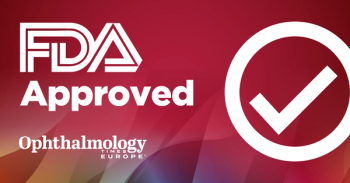
Will the femtosecond laser revolutionize corneal surgery?
The femtosecond laser has the potential to be the ultimate corneal incision device - the possibilities are nearly limitless
Corneal surgery has largely remained unchanged since the early 1970s when operating microscopes and 10-0 nylon sutures were introduced. Since that time, we've learned more about managing the induced astigmatism of penetrating keratoplasty (PKP) with corneal topography to guide us in suture manipulation, but the surgical techniques haven't changed much. In an era of outpatient microsurgery with less invasive procedures and faster rehabilitation in cataract, vitreoretinal, and glaucoma surgery, PKP still has slow recovery of vision with high amounts of regular and irregular astigmatism.
Certainly there have been attempts to move the techniques forward. Barraquer first described a shaped PKP in the 1950s to make corneal transplants more effective. The idea was abandoned, however, because the technique was cumbersome. In 2003, Busin resurrected the idea of a "Top Hat" shaped corneal graft using more modern surgical trephines. His studies found that using this configuration meant quicker wound healing, less wound leakage and less induced astigmatism. Still, the technique was technically challenging to perform manually and failed to garner many advocates.
Evolution of the femtosecond laser
Overall, our collective experience has demonstrated an improved connection between the donor and recipient tissue, less induced astigmatism and less need to adjust or cut sutures during the healing process.
Newsletter
Get the essential updates shaping the future of pharma manufacturing and compliance—subscribe today to Pharmaceutical Technology and never miss a breakthrough.










































